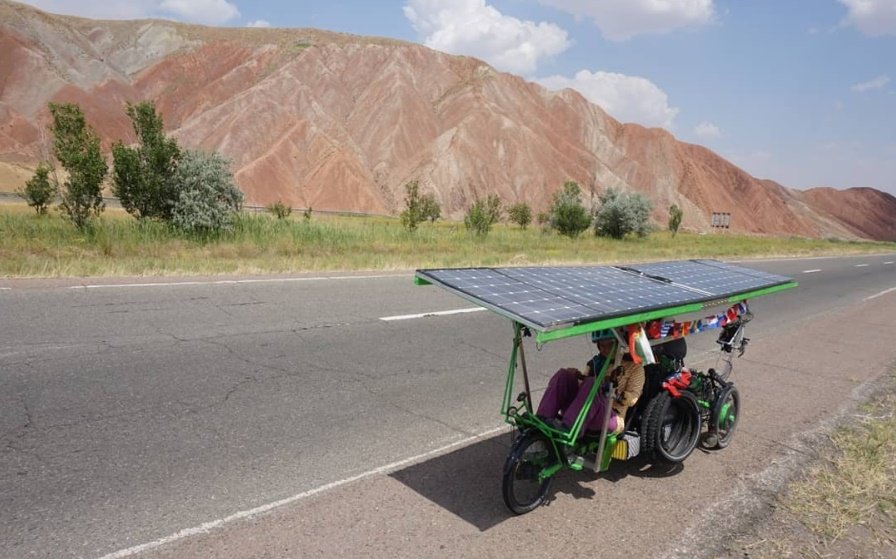Mr. Coffee
Well-Known Member
- Region
- USA
- City
- A Demented Corner of the North Cascades
I will respectfully disagree with the previous assertions.
My experience (nearly 20 years hiking and traveling with ultralight gear, and 20+ previous to that with more trad gear) is that the durability issues are about a wash. Yes, some of the modern lightweight fabrics materials can fail if they are abused, but traditional outdoor gear also fails. As a concrete example, the most common failure point in most tents and sleeping bags is the zipper: ultralight quilts and tarps do not have zippers and so that part cannot fail. On a similar note, if you use an a-frame tarp and field-improvise "poles" from stout sticks, trees, picnic tables, or your bike you needn't worry about tent poles failing, which even the very best and beefiest tent poles are known to do.
I have used Titanium tent stakes for a long time and their "failure" rate is identical to heavier steel stakes. Probably the biggest issue with Ti stakes is that their dull color is harder to see and they are thus easier to lose, especially when packing up camp for a predawn departure.
As for sleeping mats, the lightest and cheapest solutions are closed-cell foam mats. I had a source in Seattle for a long time that would sell me 3cm thick by 90cm wide "pads" by length, and I'd typically use a 140cm long piece that they would sell me for about $5. It was very light but obnoxiously bulky and I could comfortably camp and sleep on snow with it.
Yes, with the lighter fabrics used in ultralight shelters you need to be a little more careful with them, but I have used such shelters for literally decades and on extended trips and never, ever, had one of them fail. And I often was camping in extremely foul weather and exposed locations.
My experience (nearly 20 years hiking and traveling with ultralight gear, and 20+ previous to that with more trad gear) is that the durability issues are about a wash. Yes, some of the modern lightweight fabrics materials can fail if they are abused, but traditional outdoor gear also fails. As a concrete example, the most common failure point in most tents and sleeping bags is the zipper: ultralight quilts and tarps do not have zippers and so that part cannot fail. On a similar note, if you use an a-frame tarp and field-improvise "poles" from stout sticks, trees, picnic tables, or your bike you needn't worry about tent poles failing, which even the very best and beefiest tent poles are known to do.
I have used Titanium tent stakes for a long time and their "failure" rate is identical to heavier steel stakes. Probably the biggest issue with Ti stakes is that their dull color is harder to see and they are thus easier to lose, especially when packing up camp for a predawn departure.
As for sleeping mats, the lightest and cheapest solutions are closed-cell foam mats. I had a source in Seattle for a long time that would sell me 3cm thick by 90cm wide "pads" by length, and I'd typically use a 140cm long piece that they would sell me for about $5. It was very light but obnoxiously bulky and I could comfortably camp and sleep on snow with it.
Yes, with the lighter fabrics used in ultralight shelters you need to be a little more careful with them, but I have used such shelters for literally decades and on extended trips and never, ever, had one of them fail. And I often was camping in extremely foul weather and exposed locations.

